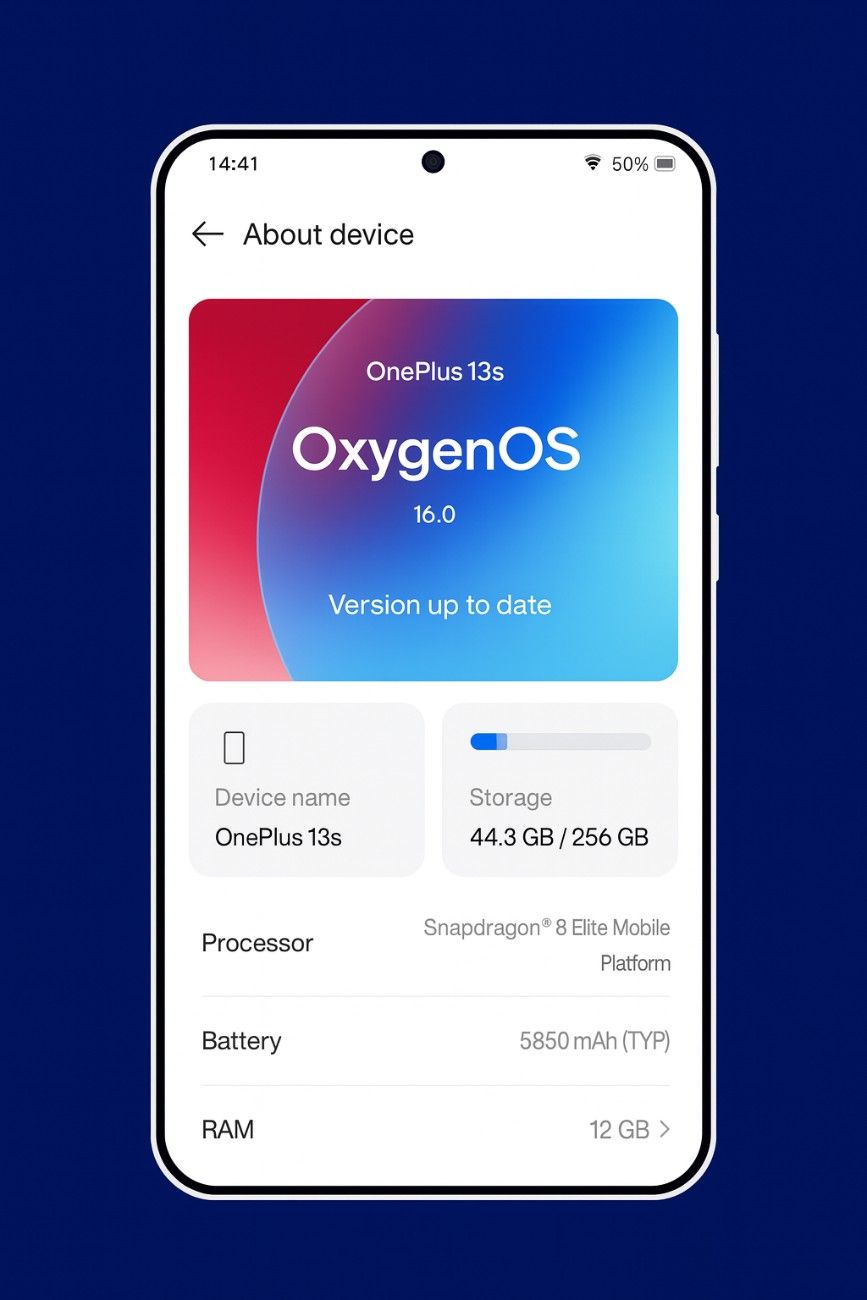Google is preparing to unveil the highly anticipated Pixel 10 series, and at its heart is the Tensor G5 chip, Google’s first fully in-house designed SoC, based on TSMC’s cutting-edge 3nm process. This chip promises a significant leap in AI capabilities and efficiency, redefining what a “flagship” smartphone can achieve in 2025.
Performance and Efficiency: A Bold Leap Forward
According to early benchmark leaks, the Tensor G5 offers approximately 15% better performance than its predecessor, the Tensor G4. Although it’s less powerful than Qualcomm’s Snapdragon 8 Elite, Google’s focus isn’t solely on speed.
By switching to TSMC’s 3nm process and a completely in-house design, the G5 chip is expected to offer improved energy efficiency, thermal control, and consistent performance, essential for handling AI-heavy tasks without overheating.
Related Articles: Lenovo’s New Tablets: Big Features, Small Price and 5G Support
AI-Driven Features and Smarter Experiences
The true hallmark of the Tensor G5 is its ability to deliver an AI-first experience.
It’s not just about speed; it’s about creating a phone that’s truly smart and helpful.
Think of features like the new Camera Coach, which uses Gemini to give you real-time advice on framing that perfect shot, as if a professional photographer is sitting over your shoulder.
Then there’s Pixel Sense, a digital assistant that truly understands your daily routine and anticipates your needs. And for creatives, tools like ‘Speak-to-Tweak’ and advanced generative editing let you enhance your photos and videos using just your voice.
Ultimately, all these upgrades are a clear indication of Google’s vision: to move beyond a powerful phone to one that’s truly personal and intuitively understands you.
Enhanced Specs Roundup
Google’s upcoming Pixel 10 Pro and its larger XL sibling are shaping up to be incredibly powerful and closely matched flagships.
Both models will be powered by the next-generation Tensor G5 chip, built on TSMC’s efficient 3 nm process, and can be configured with up to 16 GB of RAM.
The most noticeable difference comes in size: the standard Pro model features a vibrant 6.3-inch LTPO OLED display and a robust 4,870 mAh battery, while the Pro XL steps up to a 6.8-inch screen that can get incredibly bright and has an even larger 5,200 mAh cell.
They share the same impressive camera system, with a triple 50/48/48 MP array on the rear and a high-resolution 42 MP front camera.
Other premium features like 39W wired charging, Qi2 wireless with magnets, IP68 resistance, and Android 16 are standard on both models, which are available in a choice of four elegant colors.
Related Articles: Mac Pro M4 Ultra: Just How Fast Will Apple’s New Chip Be?
Condensed Table of Main Points
| Feature | Pixel 10 Pro (6.3″) | Pixel 10 Pro XL (6.8″) |
|---|---|---|
| Chip | Tensor G5 (3 nm) | Tensor G5 (3 nm) |
| RAM | Up to 16 GB | Up to 16 GB |
| Battery | ~4,870 mAh | ~5,200 mAh |
| Display | LTPO OLED, 120 Hz | LTPO OLED, 120 Hz, 3000 nits |
| Cameras | 50 MP + 48 MP + 48 MP, 42 MP F | Same, advanced processing |
| Charging | 39W wired, Qi2 wireless | Same |
| Storage | 256 GB+ | 256 GB+ |
| Extras | IP68, Android 16 | Same |
| Colors | Obsidian, Porcelain, Moonstone, Jade | Same |
A Strategy Beyond Power: Why Tensor G5 Matters
Google’s strategy with the Tensor G5 is a fresh and innovative take on the chipset space.
Instead of focusing on raw benchmark stats to compete directly with Qualcomm or Apple, the company is betting big on a future where AI-enhanced usability is the true measure of a premium phone.
This approach is driven by a deep hardware and software synergy, with the Tensor G5 designed from the ground up to be compatible with Android 16, optimizing everything from speed to hyper-personalization.
By doing this, Google isn’t just entering the specs war; it’s strategically carving out a unique niche where a phone’s intelligence and ability to truly understand and adapt to you matters more than its sheer processing power.
Related Articles: Apple TV 4K 2025: All the Upgrades You Need to Know
Counterpoints and Limitations
However, there are a few things to keep in mind. For hardcore gamers who prioritize raw performance, the Tensor G5 will likely still lag behind the power of the latest Snapdragon chips, making it a potentially better option for other flagship smartphones.
On the design front, don’t expect any major changes; leaks suggest the Pixel 10 Pro will likely be a minor iteration of the Pixel 9s design rather than a complete overhaul.
And ultimately, like any pre-release hype, all these performance and efficiency promises are still just that. We’ll have to wait for real-world testing and launch day reviews to see how it holds up in everyday use.
FAQs
How much faster is the Tensor G5 compared to Tensor G4?
It’s expected to deliver around 15% better performance than the Tensor G4.
Will the Tensor G5 outperform Snapdragon 8 Elite?
No, but it focuses on AI efficiency and smarter features rather than raw speed.
What AI features will Pixel 10 Pro introduce?
Features like Camera Coach, Pixel Sense, Speak-to-Tweak, and generative AI editing will take center stage.
When is the launch date?
The Pixel 10 series will officially launch at Google’s “Made by Google” event on August 20, 2025.
The Google Pixel 10 Pro with Tensor G5 marks an exciting shift in the smartphone landscape. While it won’t win benchmark wars, its focus on AI-powered features, smarter performance, and seamless integration could redefine what users expect from a flagship phone. With Google doubling down on intelligence over brute force, the Pixel 10 Pro might just set a new standard for the AI-driven future of smartphones.







